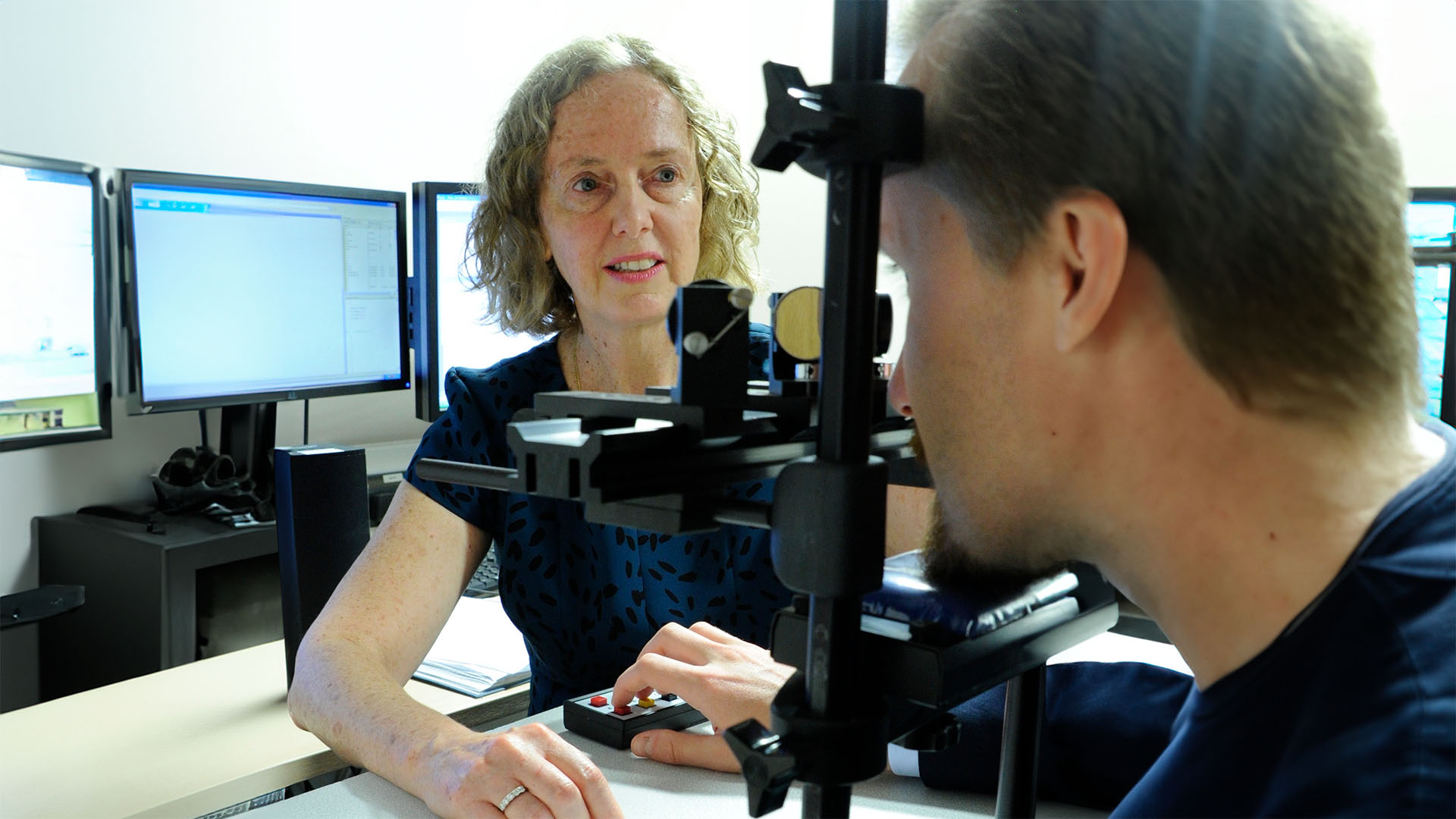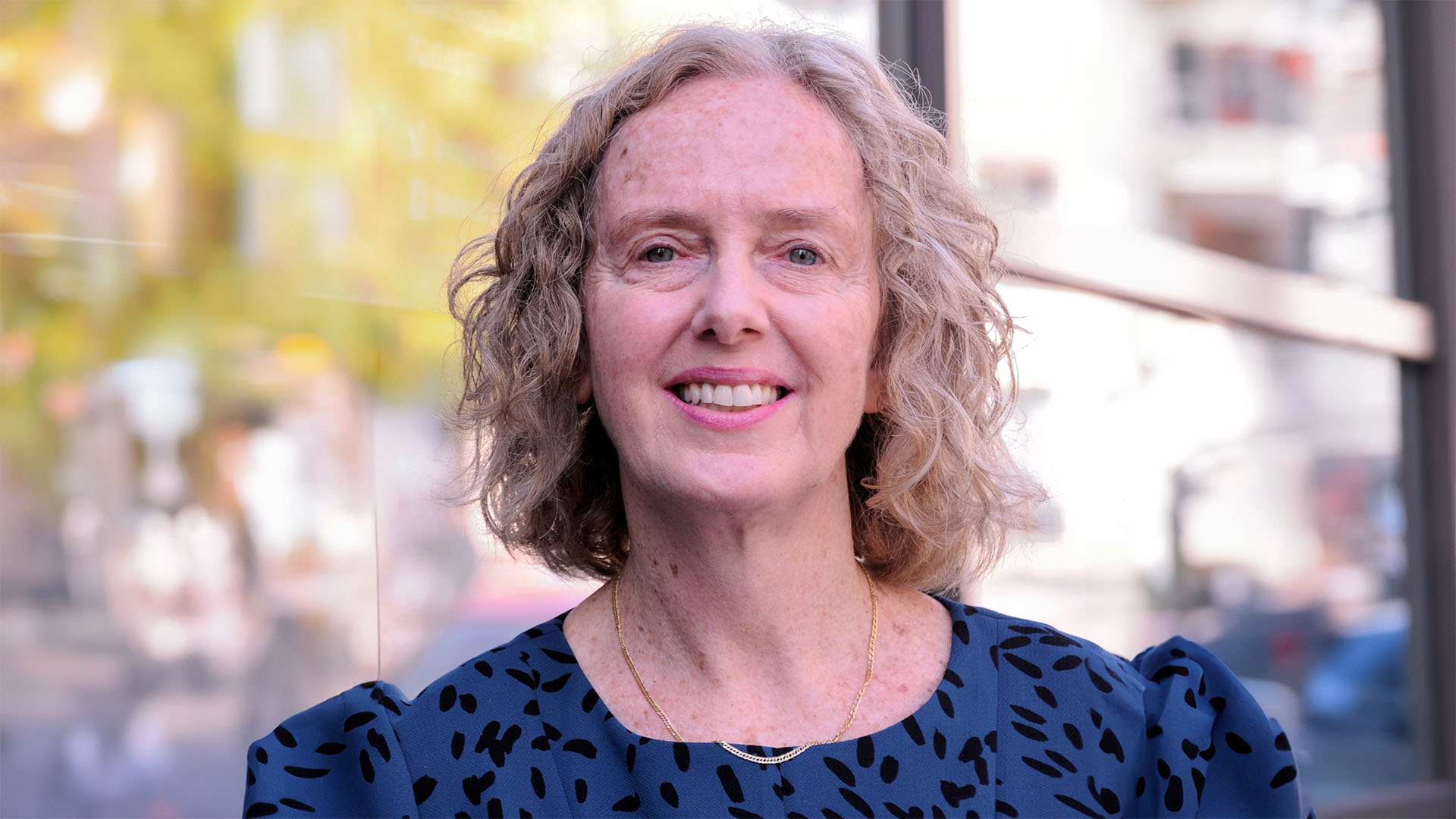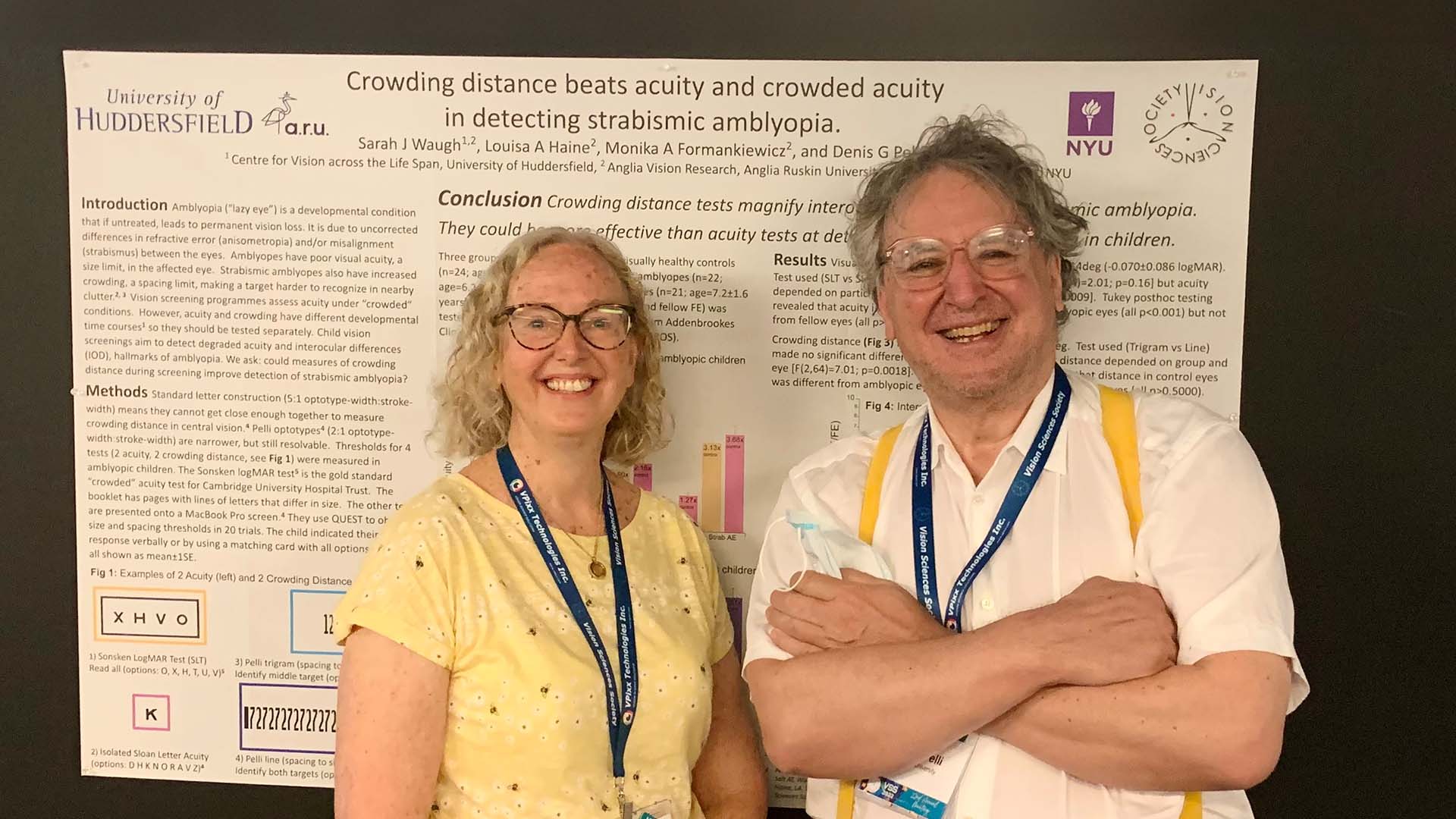
Impact of visual acuity and visual crowding on reading development
Impact of visual acuity and visual crowding on reading development | School of Applied Sciences

Dr Sarah J Waugh
Lead Academic
University of Huddersfield, School of Applied Sciences.
Visual crowding — the difficulty in identifying a target within a cluttered environment — depends on spacing. It affects reading ability, especially in young children and in individuals with amblyopia (lazy eye) and dyslexia. Most visual assessments focus on letter size, or visual acuity - the ability to discriminate the smallest letters, rather than the spacing between them. To bridge this gap, this project has developed a new font and clinical test to quantify visual crowding. It is already showing promise in assessing young children (ages 3-11) and may relate better to reading ability, than does acuity.
The Project
This research project is focused on advancing clinical vision testing to reduce the prevalence of amblyopia (lazy eye) and to support children’s reading development. Recognising that ~3% of adults suffer permanent vision loss from amblyopia, a developmental neurological condition, by refining vision testing methods in young children, it aims to detect this condition earlier, leading to greater treatment success and reduced prevalence. The clinical crowding test is also likely to relate better than acuity to reading ability, so it could also be used to help identify reading difficulties due to visual problems in young children, so problems can be addressed.
By developing an online-accessible visual crowding test, it will address a critical gap in assessing children’s vision, particularly valuable in those with amblyopia, dyslexia, or other reading difficulties, where crowding can significantly impact on learning.
The new crowding test has proven more effective than other vision tests in children with amblyopia and has other potential benefits for understanding how crowding impacts on learning to read. This work seeks to make accurate vision testing accessible online, broadening its reach and impact.

Partner Institutions
- Professor Denis G Pelli - New York University
- Associate Professor Marialuisa Martelli - Sapienza University of Rome
International Partnerships
The University of Huddersfield’s International Collaborative Fund (ICF) has supported the development of the online vision test and enabled Dr Waugh’s presentation of collaborative research at the prestigious Vision Sciences Society Meeting in the USA. The team’s immediate goals are to publish their findings in leading scientific journals.
Current studies in Huddersfield primary schools examine the connections between vision, crowding and reading. Future research aims to explore auditory as well as visual crowding to better understand how children integrate vision and hearing when learning to read. This could inform personalised teaching methods tailored to individual needs, improving learning outcomes and future opportunities for children.
Our work aims to develop innovative online vision tests to advance early detection and intervention for amblyopia, or lazy eye and improve reading strategies. By understanding how children integrate visual and auditory cues, we hope to personalise teaching approaches and enhance future learning outcomes.
About the Researchers
Dr Sarah J. Waugh is a Reader in Optometry and Vision Sciences at the University of Huddersfield. She has extensive experience in visual processing, crowding and amblyopia research. With a background spanning top institutions and collaborative clinical services, she has also received major research grants and reviews for leading journals and agencies.
Sustainability Development Goals related to this project
Projects
Interested in seeing our other global research collaborations?
Research
Discover our research in more depth over on our research portal, Pure.
